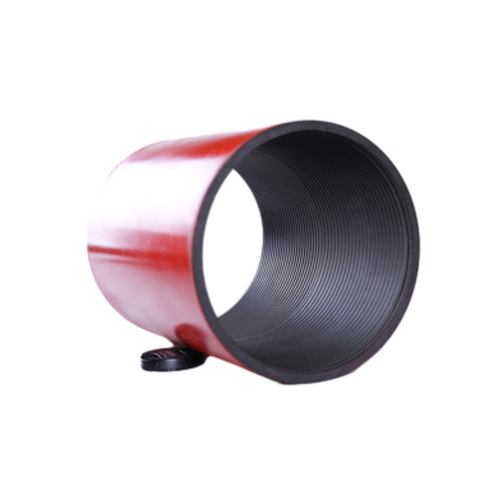- Afrikaans
- Albanian
- Amharic
- Arabic
- Armenian
- Azerbaijani
- Basque
- Belarusian
- Bengali
- Bosnian
- Bulgarian
- Catalan
- Cebuano
- Corsican
- Croatian
- Czech
- Danish
- Dutch
- English
- Esperanto
- Estonian
- Finnish
- French
- Frisian
- Galician
- Georgian
- German
- Greek
- Gujarati
- Haitian Creole
- hausa
- hawaiian
- Hebrew
- Hindi
- Miao
- Hungarian
- Icelandic
- igbo
- Indonesian
- irish
- Italian
- Japanese
- Javanese
- Kannada
- kazakh
- Khmer
- Rwandese
- Korean
- Kurdish
- Kyrgyz
- Lao
- Latin
- Latvian
- Lithuanian
- Luxembourgish
- Macedonian
- Malgashi
- Malay
- Malayalam
- Maltese
- Maori
- Marathi
- Mongolian
- Myanmar
- Nepali
- Norwegian
- Norwegian
- Occitan
- Pashto
- Persian
- Polish
- Portuguese
- Punjabi
- Romanian
- Russian
- Samoan
- Scottish Gaelic
- Serbian
- Sesotho
- Shona
- Sindhi
- Sinhala
- Slovak
- Slovenian
- Somali
- Spanish
- Sundanese
- Swahili
- Swedish
- Tagalog
- Tajik
- Tamil
- Tatar
- Telugu
- Thai
- Turkish
- Turkmen
- Ukrainian
- Urdu
- Uighur
- Uzbek
- Vietnamese
- Welsh
- Bantu
- Yiddish
- Yoruba
- Zulu
Understanding Bull Plug Sizes and Specifications for Optimal Use in Various Applications
Understanding Bull Plug Dimensions A Comprehensive Guide
Bull plugs, also known as pipe plugs, are essential components widely used in various industries, including oil and gas, water supply, and construction. They serve to seal the ends of pipes, preventing the escape of substances and ensuring the safety and functionality of piping systems. An important aspect of bull plugs is their dimensions, which play a critical role in determining their effectiveness for specific applications. This article delves into the various dimensions associated with bull plugs, the significance of these measurements, and considerations when selecting the appropriate plugs for different scenarios.
What Are Bull Plugs?
Bull plugs are typically cylindrical in shape and are designed to close off the end of a pipe. They can be made from various materials, including metal, plastic, and rubber, depending on the specific requirements of the application. The plug effectively creates a tight seal, preventing leaks and contamination, and can be removed easily when necessary for maintenance or inspection.
Key Dimensions of Bull Plugs
When considering bull plugs, several key dimensions must be taken into account
1. Size (Diameter) The diameter of a bull plug is one of the most critical dimensions to consider. It must match the outer diameter of the pipe to ensure a secure fit. Bull plugs come in various sizes, ranging from small diameters suitable for residential plumbing to large sizes used in industrial applications. It’s important to measure the pipe’s outer diameter accurately to select the appropriate bull plug size.
2. Length The length of the bull plug can also vary, affecting its ability to provide an effective seal. Some applications may require longer plugs for added stability, while in other cases, shorter plugs may suffice. The length must be compatible with the pipe’s depth to ensure proper installation without compromising seal integrity.
3. Thread Type Many bull plugs feature threads to facilitate easy installation and removal. The thread type (e.g., NPT, BSP) should align with the specifications of the piping system to ensure a leak-proof connection. Proper thread engagement is vital; loose threading can lead to potential leaks or difficulty in removing the plug later on.
4. Material Thickness The thickness of the material used in the bull plug can influence its durability and performance. Thicker plugs may be more resistant to wear and tear, making them suitable for high-pressure applications. Conversely, thinner plugs may be adequate for lower-pressure situations. It’s crucial to consider the operating pressure and environmental conditions when selecting the appropriate thickness.
bull plug dimensions

5. Seal Type Some bull plugs come with built-in sealing features, such as O-rings or gaskets, to enhance their performance. These seals can be crucial for applications requiring an airtight or watertight seal. Understanding the specific sealing needs of your application will help determine if you need a bull plug with additional sealing capabilities.
Selecting the Right Bull Plug
Choosing the right bull plug involves careful consideration of the above dimensions as well as the specific requirements of your project. Here are some factors to keep in mind
- Application Type Consider whether the plug will be used in a residential, commercial, or industrial setting, as this will influence the size and material requirements.
- Pressure Ratings Assess the pressure ratings of both the piping system and the intended bull plug. This will ensure that the selected plug can withstand the necessary pressures without failure.
- Compatibility Ensure that the plug material is compatible with the fluids or gases being contained. For instance, using a plastic plug in an environment with high temperatures or corrosive substances may not be suitable.
- Regulatory Standards Finally, verify any industry standards or regulations that may apply to your project, particularly in industries such as oil and gas or water management.
Conclusion
Bull plugs are integral components in many piping systems, and understanding their dimensions is crucial for ensuring a proper fit and effective sealing capability. By considering factors such as diameter, length, thread type, material thickness, and seal type, you can select the right plug for your specific needs. Whether you are working on a home plumbing project or an industrial venture, the right bull plug will contribute to the overall safety, efficiency, and integrity of your piping system.
-
Tubing Pup Joints: Essential Components for Oil and Gas OperationsNewsJul.10,2025
-
Pup Joints: Essential Components for Reliable Drilling OperationsNewsJul.10,2025
-
Pipe Couplings: Connecting Your World EfficientlyNewsJul.10,2025
-
Mastering Oilfield Operations with Quality Tubing and CasingNewsJul.10,2025
-
High-Quality Casing Couplings for Every NeedNewsJul.10,2025
-
Boost Your Drilling Efficiency with Premium Crossover Tools & Seating NipplesNewsJul.10,2025







